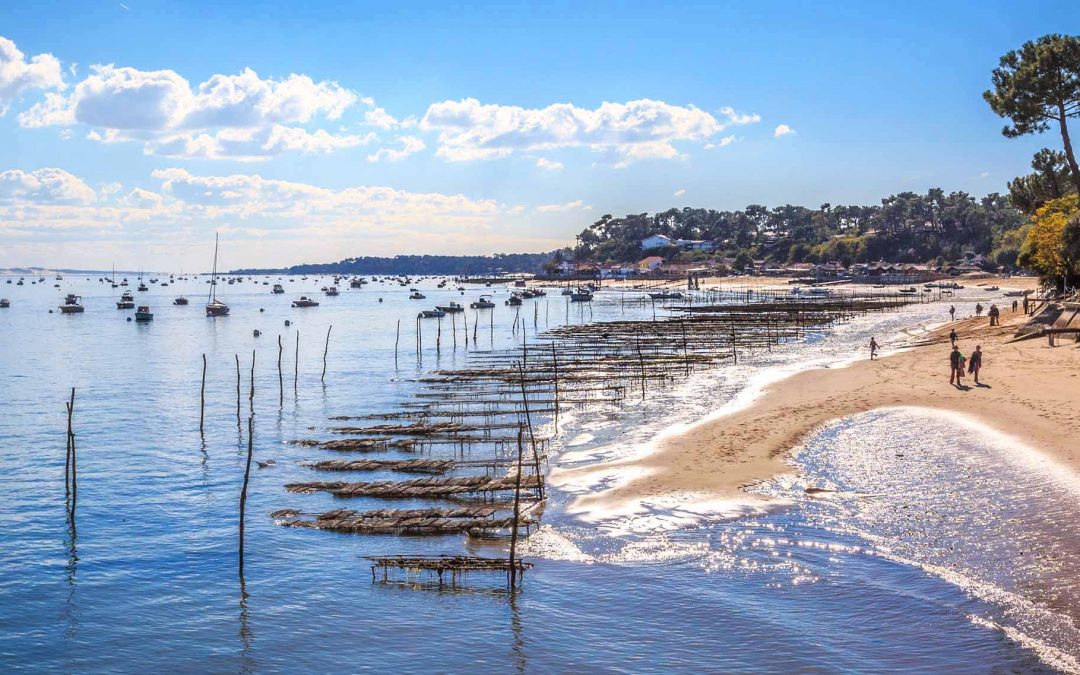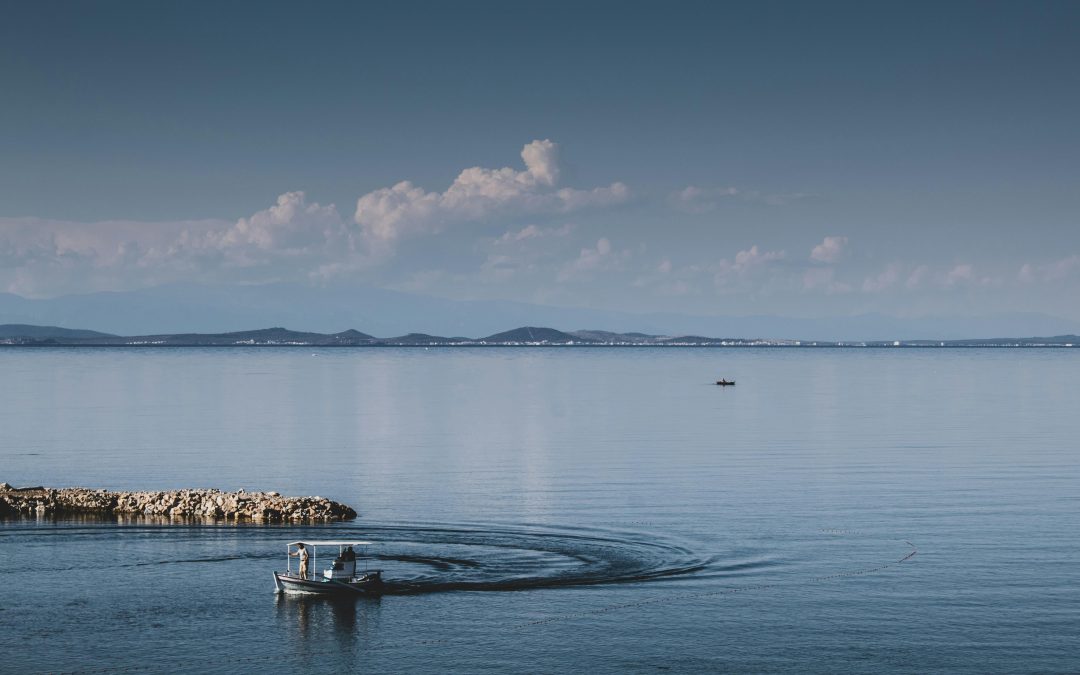
Lesbos: Rediscovering Ancient Greece Through Myth, Nature, and Quiet Beauty
Introduction: A Greek Island Like No Other
When travelers think of Greek islands, they often picture Santorini’s whitewashed cliffs or Mykonos’s party beaches. But tucked away in the northeastern Aegean Sea lies Lesbos—a place where myth and reality mingle under olive trees, and ancient stories echo through quiet villages.
Lesbos is not just a destination—it’s a revelation. It’s where Sappho wrote her poetry, where flamingos nest in salt flats, and where travelers can experience Greece as it once was: wild, spiritual, and deeply human.
In this blog, we’ll explore how Lesbos offers a unique lens into ancient Greece, modern resilience, and the kind of travel that nourishes the soul.
1. The Mythical Roots of Lesbos
Lesbos has been inhabited since the Bronze Age and was once known as Imerti, meaning “beloved.” It was later renamed by explorer John Hanning Speke in the 19th century in honor of Queen Victoria.
But long before colonial renaming, Lesbos was sacred ground:
- Sappho, the island’s most famous daughter, wrote lyrical poetry that celebrated love, nature, and female desire.
- Hera, Zeus, and Dionysus were worshipped at the Sanctuary of Messon, a spiritual site still open to visitors.
- Cybele, the Anatolian mother goddess, had temples here, blending Eastern and Western traditions.
Lesbos is a place where mythology isn’t just remembered—it’s lived.
2. The Landscape: A Mosaic of Nature and Spirit
Lesbos is vast—over 630 square miles—and incredibly diverse. It’s often described as “every Greek island rolled into one.” Here’s why:
A. Olive Groves and Forests
- Over 11 million olive trees blanket the island.
- The central massif is filled with chestnuts, laurels, and rare orchids.
B. Salt Flats and Flamingos
- The Kalloni Gulf is home to salt flats that attract flamingos, ibis, and other migratory birds.
C. Fossilized Forests
- In the west, volcanic eruptions have turned ancient forests into quartz sculptures.
D. Geothermal Springs
- Lesbos has some of Europe’s hottest natural springs, perfect for healing and relaxation.
This rich landscape makes Lesbos ideal for hiking, birdwatching, and spiritual retreats.
3. Mytilene: The Island’s Cultural Heart
The capital city, Mytilene, is a blend of Ottoman, Venetian, and neoclassical architecture. Highlights include:
- Mansions from the 1800s, many still inhabited or converted into boutique hotels.
- Ladadika district, once industrial, now home to cafés, galleries, and music venues.
- Mosques, churches, and sanctuaries, often side by side, reflecting centuries of coexistence.
Mytilene is a city of layers—each street tells a story, each building holds a memory.
4. Eressos: Sappho’s Birthplace and Bohemian Haven
On the island’s western coast lies Eressos, a beach town with a bohemian vibe and deep historical roots.
Why Visit Eressos?
- It’s the birthplace of Sappho, whose legacy lives on in poetry and pride.
- The beach is lined with cafés on stilts, serving fresh seafood and ouzo.
- The atmosphere is inclusive, artistic, and relaxed.
Eressos is perfect for travelers seeking inspiration, community, and quiet joy.
5. Spiritual Sites and Sacred Spaces
Lesbos is filled with places that invite reflection and reverence.
Sanctuary of Messon
- Located in the Lepetymnos foothills
- Dedicated to Hera, Zeus, and Dionysus
- Visitors often leave offerings from multiple faiths—Buddha statues, Shiva images, and Christian icons
Monastery of Taxiarches
- Home to a mysterious effigy of Archangel Michael
- Said to be made from the blood of murdered monks
- Believed to reflect the soul of the viewer
These sites remind us that Lesbos is not just a place—it’s a portal.
6. The Water: Healing, Swimming, and Symbolism
Lesbos is surrounded by water, but it’s the relationship with water that makes it special.
Lake Victoria Connection
In Condé Nast Traveller, British-Kenyan swimmer Rebecca Achieng Ajulu-Bushell reflects on her childhood swimming in Lake Victoria and how water shaped her identity. Lesbos offers a similar experience:
- Hot springs at Krifti, accessible only by boat or hike
- Natural pools carved into slate cliffs
- Quiet beaches like Skala Sikamineas, where a chapel features a mermaid-tailed Madonna
Water here is not just for swimming—it’s for transformation.
7. Food and Wine: A Taste of the Island
Lesbos is known for its dense olive oil, once used in soap production across Europe. Today, its culinary scene is rooted in tradition and terroir.
Must-Try Dishes:
- Grilled ladotyri cheese preserved in olive oil
- Honey-drenched loukoumades (fried dough balls)
- Fresh sardines and anchovies, often served with lemon and herbs
Ouzo Culture:
- Lesbos is the birthplace of ouzo, Greece’s iconic anise-flavored spirit.
- Each distillery has its own recipe, passed down orally.
- Locals drink it with water, ice, or straight—always with conversation.
Food here is slow, soulful, and shared.
8. Art and Architecture: A Living Museum
Lesbos is a feast for the eyes and the imagination.
Highlights:
- Stucco friezes featuring octopuses, musicians, and horses
- Lacemakers and ceramicists working in open studios
- Restored villas with Edwardian bloomers still in the closets
Every corner is a canvas, every home a gallery.
9. Refuge and Resilience: A Modern Story
In 2015, Lesbos became a focal point for the refugee crisis, with thousands arriving daily from Syria and beyond. The island responded with compassion and pragmatism.
Why This Matters:
- Lesbos has always been a crossroads of cultures.
- Most locals are descendants of immigrants—from Genoese sailors to Asia Minor refugees.
- The island’s response reflects its deep humanity and historical memory.
Traveling here is a chance to witness resilience and offer respect.
10. How to Travel to Lesbos
Getting There:
- Flights from Athens or Thessaloniki
- Ferries from Piraeus (14 hours) or nearby islands
Where to Stay:
- Lesbos Sam: A restored villa with a pool and garden
- Five Olive Dream Trip: Eco-friendly cabins near Plomari
- Notre Ntam: Boutique villa with sea views and artistic flair
When to Go:
- Spring (April–May): Wildflowers and mild weather
- Autumn (September–October): Warm seas and fewer tourists
Avoid August if you prefer quiet and authenticity.
11. Voices from Lesbos: Travelers Reflect
Elsa, 47, Athens
“Lesbos is a mosaic. It’s not just pretty—it’s profound.”
Kalli, 35, Mytilene
“Ouzo is more than a drink—it’s a ritual. It brings people together.”
Rafail, 60, Fisherman
“The sea is our story. It gives, it takes, it teaches.”
12. What to Pack for Lesbos
- Comfortable walking shoes
- Swimwear for hot springs and beaches
- A journal or sketchpad
- A sense of curiosity
Lesbos is not about what you wear—it’s about what you feel.
Conclusion: A Journey Into the Soul of Greece
Lesbos is not for everyone—and that’s its magic. It’s for travelers who seek depth over dazzle, meaning over marketing. It’s for those who want to walk in the footsteps of poets, bathe in sacred waters, and listen to the silence between the waves.
So if you’re ready to rediscover Greece—not as a tourist, but as a pilgrim—Lesbos is waiting. Come with open eyes, open hands, and an open heart.

Written by Kariss
More From This Category

Cap Ferret
Tucked between the Atlantic Ocean and Arcachon Bay, Cap Ferret is often called the “French Hamptons.” But that nickname barely scratches the surface. Unlike its glitzy Côte d’Azur cousins, Cap Ferret is a place where luxury is quiet, nature is king, and time slows to a pine-scented breeze.

Cap Ferret
Tucked between the Atlantic Ocean and Arcachon Bay, Cap Ferret is often called the “French Hamptons.” But that nickname barely scratches the surface. Unlike its glitzy Côte d’Azur cousins, Cap Ferret is a place where luxury is quiet, nature is king, and time slows to a pine-scented breeze.

Cap Ferret
Tucked between the Atlantic Ocean and Arcachon Bay, Cap Ferret is often called the “French Hamptons.” But that nickname barely scratches the surface. Unlike its glitzy Côte d’Azur cousins, Cap Ferret is a place where luxury is quiet, nature is king, and time slows to a pine-scented breeze.
0 Comments
Our Newsletter


0 Comments